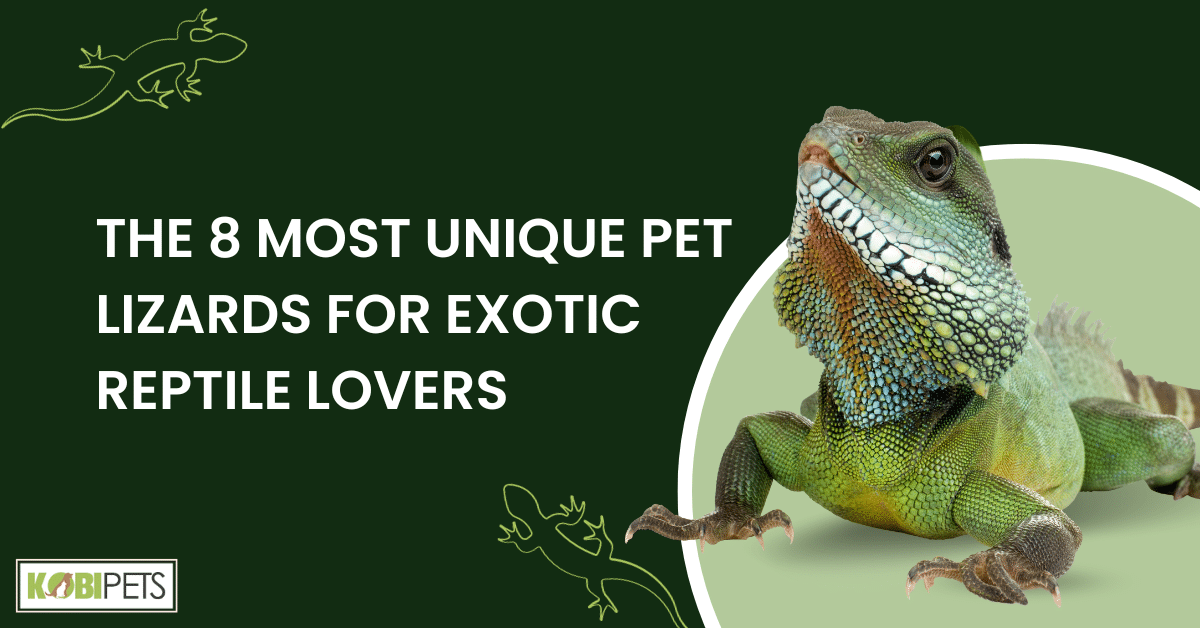
For exotic reptile enthusiasts, the world of pet lizards offers a diverse range of unique and fascinating species. From the vibrant colors of the Panther Chameleon to the prehistoric charm of the Frilled Dragon, these eight distinctive reptiles are sure to captivate any exotic pet lover. Whether you’re a seasoned reptile keeper or just starting your journey, these lizards will add a touch of the extraordinary to your collection.
Enter the captivating world of exotic pet lizards. Whether you’re a seasoned enthusiast or a beginner, these unique reptiles never fail to intrigue. In this article, we’ll explore the top eight most remarkable pet lizards, uncovering what makes them extraordinary and sharing essential care insights. From the colorful Panther Chameleon to the elusive Leaf-Tailed Gecko, each of these reptiles brings its own special charm.
1. Panther Chameleon
Native to Madagascar, Panther Chameleons are nothing short of living works of art. What sets them apart is their remarkable ability to change their skin color based on their mood, temperature, or surroundings. Their vibrant, almost psychedelic colors range from fiery reds to electric blues and can vary between individuals and even regions of Madagascar.
This natural artistry makes them a favorite among reptile enthusiasts who appreciate their visual splendor and the challenge of providing proper care to maintain their health and vitality. The Panther Chameleon’s fascinating and ever-changing appearance ensures that no two individuals are alike, making them a captivating addition to any collection.
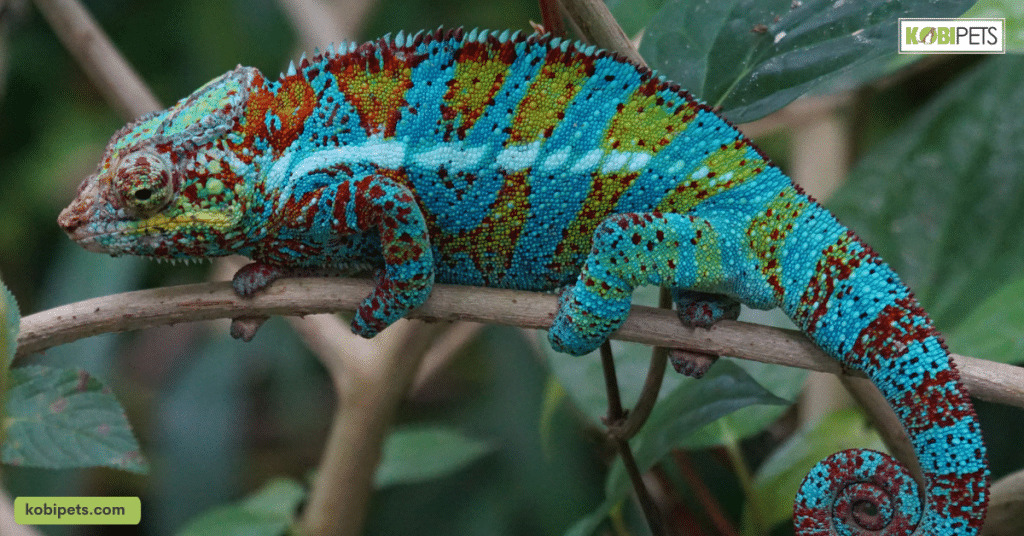
2. Frilled Dragon
Frilled Dragons are like something out of a prehistoric fantasy. With their large, frill-encircled necks that can be extended to intimidate predators or rivals, they resemble the dinosaurs of old. Native to the northern regions of Australia and New Guinea, these dragons may look fierce but are known to be relatively docile in captivity when provided with the right care and attention.
Their unique appearance and captivating behaviors make them a standout choice for those seeking a touch of the extraordinary in their reptile companions.
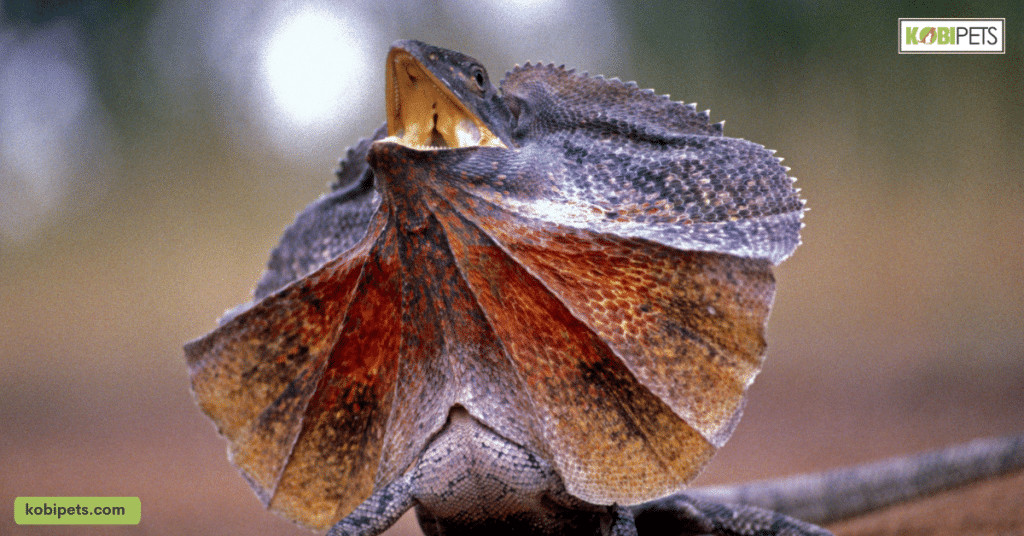
3. Uromastyx Lizard
If you’re looking for a reptile with a desert flair, the Uromastyx Lizard might be your ideal choice. These hardy lizards hail from the arid regions of North Africa, the Middle East, and South Asia and have evolved to thrive in harsh desert environments.
What makes them unique is their striking coloration, which can vary depending on the species, with vibrant oranges, yellows, and reds being common. Uromastyx lizards are well-suited for enthusiasts who appreciate their vibrant aesthetics and prefer a reptile with a rugged personality.
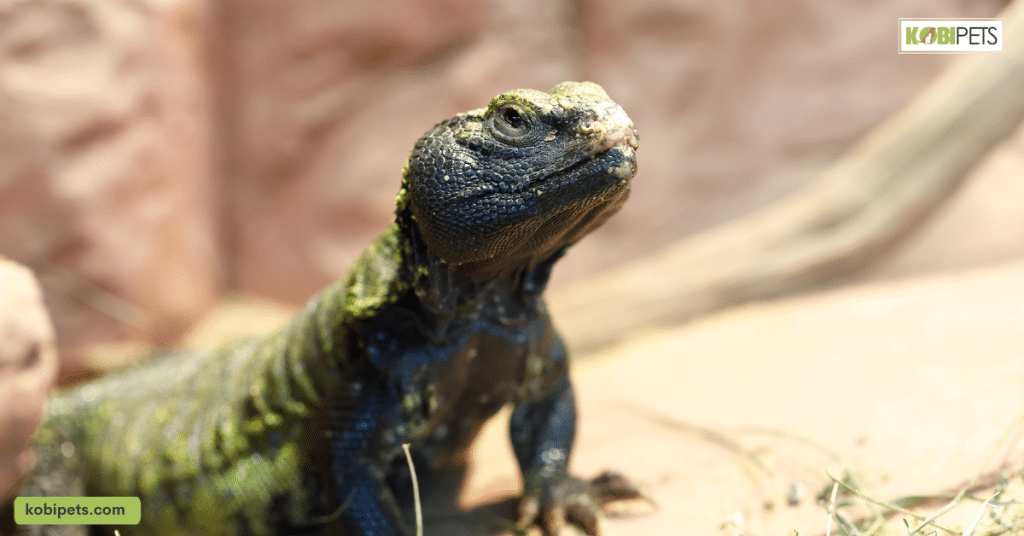
4. Blue-Tongue Skink
The Blue-Tongue Skink’s most distinguishing feature is right in its name – its vibrant blue tongue. Native to Australia, these skinks are known for their gentle temperament, making them ideal for reptile lovers who crave interaction with their pets.
Their ease of care, relatively small size, and distinctive appearance have made them increasingly popular among reptile enthusiasts. Blue-Tongue Skinks offers a unique blend of charm and docility, making them a top choice for those seeking a reptile companion that’s both fascinating and friendly.
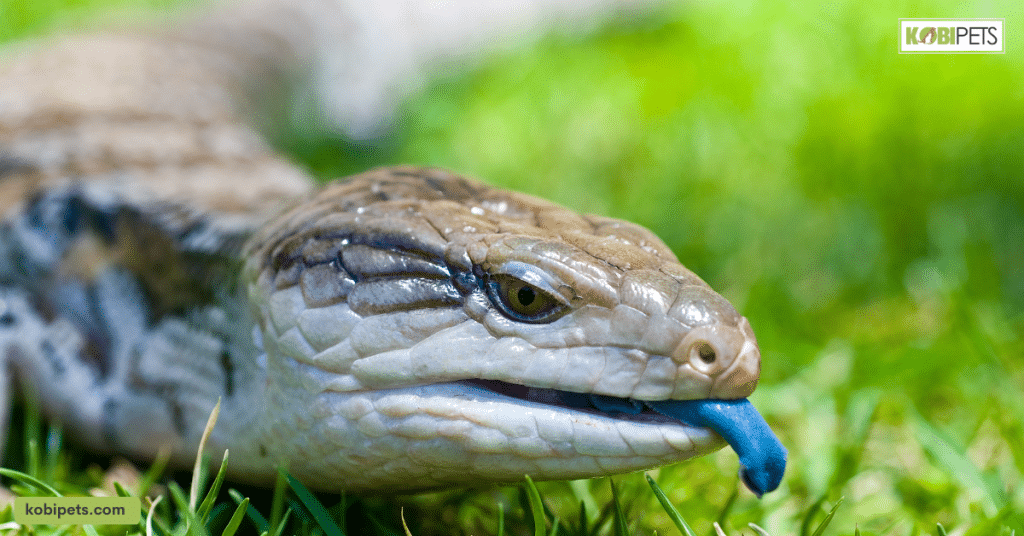
5. Crested Gecko
Crested Geckos, also known as Eyelash Geckos, are true artists of the reptile world. Hailing from New Caledonia, these small lizards exhibit a striking appearance with their fringed crests, distinctive patterns, and expressive faces. Their crests are not only visually captivating but also serve a sensory function, enhancing their ability to navigate their environment.
Crested Geckos are relatively small in size, making them suitable for indoor enclosures, and they’re known for their ease of care, making them an attractive option for both experienced and novice reptile keepers.
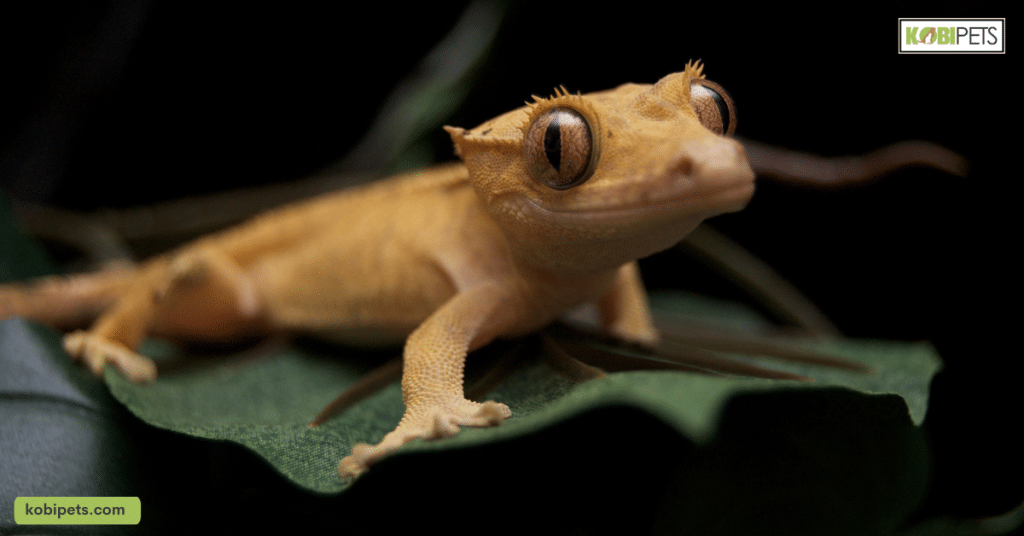
6. Leaf-Tailed Gecko
The Leaf-Tailed Gecko, indigenous to Madagascar, is a true master of camouflage. These geckos are experts at blending seamlessly into their natural surroundings, thanks to their leaf-shaped tails and intricate cryptic patterns. Observing their camouflage abilities in action is a remarkable experience for reptile enthusiasts.
However, keeping Leaf-Tailed Geckos can be a bit of a challenge due to their specific habitat requirements, making them a choice for experienced keepers seeking the thrill of maintaining a piece of living art.
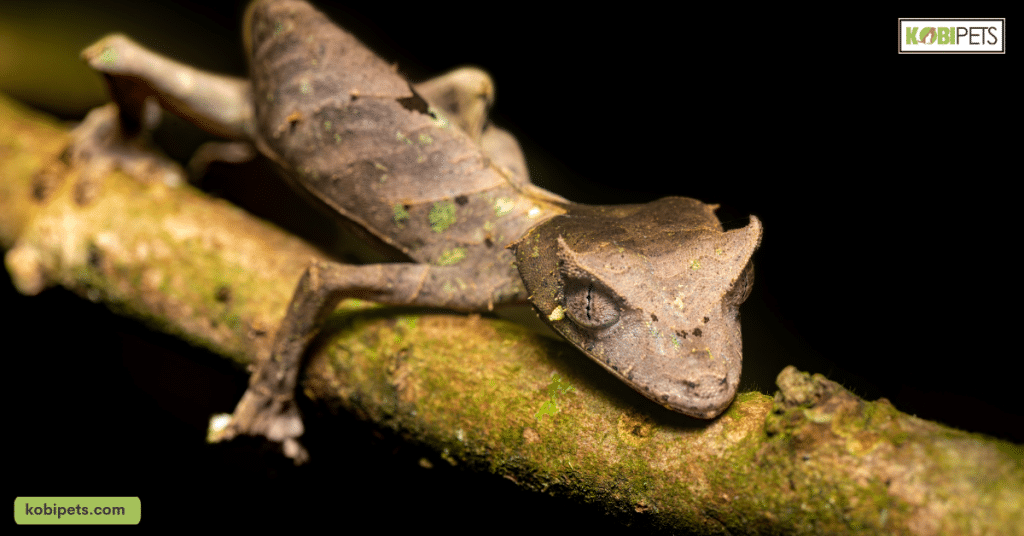
7. Ackie Monitor
Ackie Monitors, often referred to as “Dwarf Monitors,” are small in size but big in personality. Originating from Australia, these monitors are known for their high activity levels and inquisitive nature.
Ackie Monitors are relatively manageable compared to larger monitor species, which makes them suitable for reptile lovers with limited space. Their intelligence and active behavior make them an engaging pet for those who appreciate the company of an inquisitive and energetic lizard.
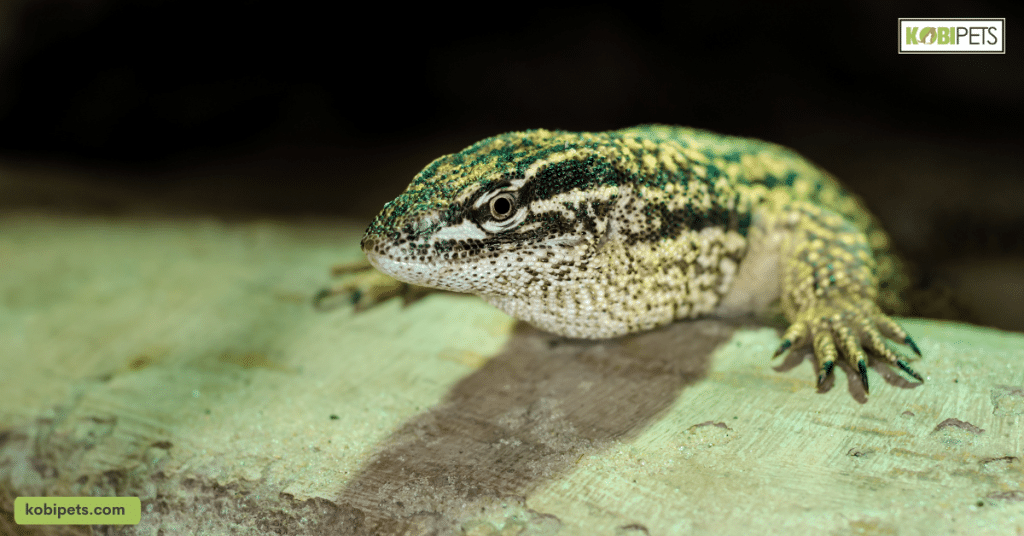
8. Blue Iguana
The Blue Iguana stands as one of the world’s rarest and most remarkable pet lizards. Native to Grand Cayman Island, these iguanas are characterized by their stunning blue coloration, which can range from aquamarine to cobalt.
However, they are critically endangered in the wild, and their conservation requires specialized care and effort. As a result, keeping a Blue Iguana is a significant responsibility and a unique privilege, making them a treasure for dedicated reptile enthusiasts committed to both their care and preservation.
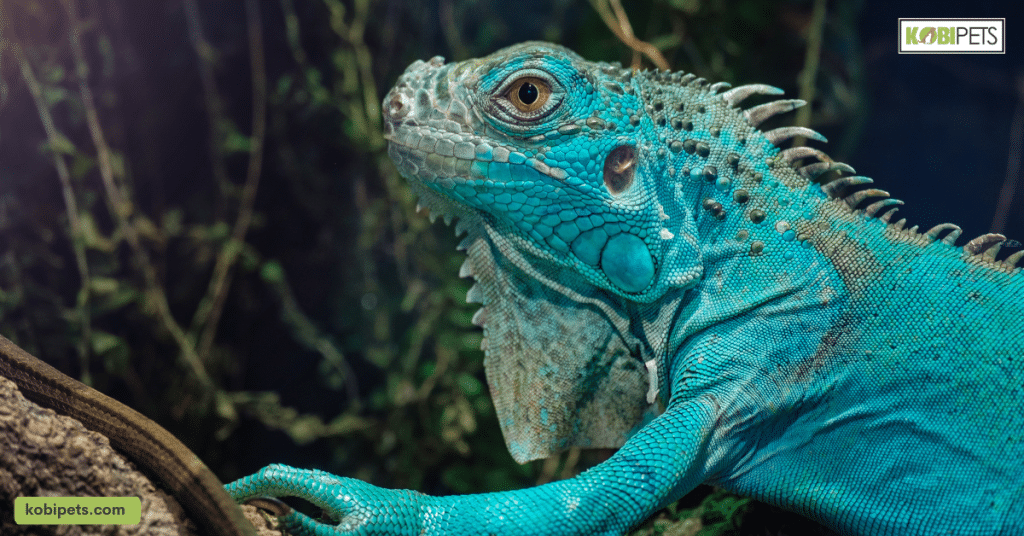
Conclusion
Each of these pet lizards offers a distinct and captivating experience for exotic reptile enthusiasts. Their remarkable traits, whether it’s the chameleon’s color-changing abilities, the frilled dragon’s prehistoric appearance, or the leaf-tailed gecko’s camouflage prowess, make them exceptional additions to any reptile collection. However, it’s essential to choose a lizard that aligns with your interests, experience level, and dedication to providing them with a safe and healthy environment.






